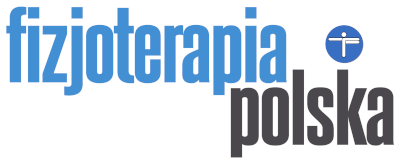Porównanie krioterapii i fonoforezy kortykosteroidowej w leczeniu blizn keloidowych: Randomizowane badanie kliniczne
Mai Mahmoud Abo Sabee, Amal Mohamed Abd El Baky, Tarek Ahmed Amer, Nessrin Afify Abd El Rasheed
Mai Mahmoud Abo Sabee, Amal Mohamed Abd El Baky, Tarek Ahmed Amer, Nessrin Afify Abd El Rasheed – Cryotherapy versus corticosteroid phonophoresis in the treatment of keloid scars: A randomized clinical trial. Fizjoterapia Polska 2023; 23(3); 70-75
DOI: https://doi.org/10.56984/8ZG143318
Streszczenie
Wstęp. Blizny keloidowe negatywnie wpływają na fizyczne i psychiczne samopoczucie pacjentów, powodując ból i świąd. Istnieje wiele metod leczenia blizn keloidowych poprzez modulację i poprawę ich charakterystyki.
Cel. Badanie i porównanie efektów krioterapii i fonoforezy kortykosteroidowej u pacjentów z bliznami keloidowymi.
Metody. Badanie było randomizowanym badaniem klinicznym. Sześćdziesięciu pacjentów – zarówno mężczyzn (28) jak i kobiet (32) z bliznami keloidowymi – podzielono na dwie równe grupy. Grupa A otrzymywała krioterapię przez 12 tygodni (n=30), podczas gdy Grupa B była poddawana fonoforezie kortykosteroidowej przez ten sam okres czasu (n=30). Oceny przeprowadzono przed leczeniem, po 6 tygodniach i po 12 tygodniach leczenia.
Wyniki. Porównania po leczeniu między dwiema grupami wykazały istotne statystycznie zmniejszenie VSS zarówno po 6 tygodniach, jak i po 12 tygodniach leczenia na korzyść Grupy A (p < 0,05).
Wnioski. Krioterapia wykazała znacząco lepszy wpływ na pomiary blizn u pacjentów z bliznami keloidowymi niż fonoforeza kortykosteroidowa.
Słowa kluczowe:
krioterapia, fonoforeza, blizny keloidowe
| Pobierz/Download/下載/Cкачиваете | Pobierz bezpłatnie artykuł w j. angielskim |

